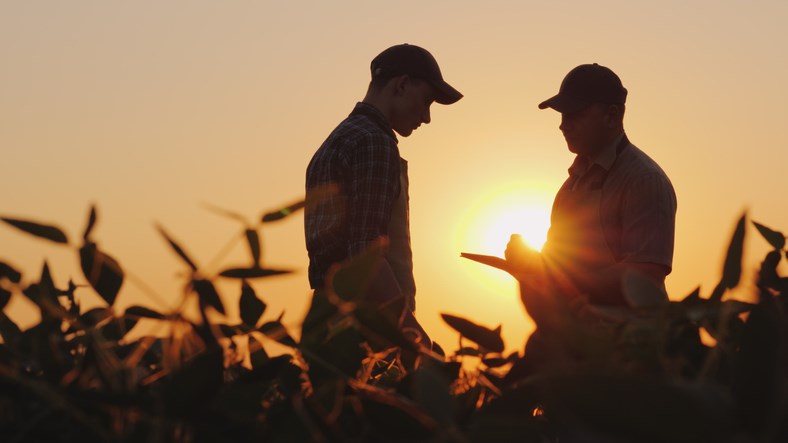Agriculture’s dependence on temporary immigrant workers is among the issues the coronavirus pandemic has outlined.
Canada and the United States rely on immigrant workers to grow and harvest most of the vegetable and fruit crops — 60,000 workers in Canada and one million south of the border.
Quarantines prevented many of these worker from coming this year. Those who came had to self-isolate for 14 days.
About 2,000 of 13,000 expected in Canada during April never came, fearing the disease.
The immigrant worker issue will be largely resolved by technology. The ripple of robotics already in agriculture will become a wave.
This technology has proven efficient in precision spraying where chemical use varies in the field depending on how many weeds exist.
Twelve per cent of American dairy farmers use robots to milk cows. Robots in greenhouses can weed and also provide data on plant development and disease or insect infestations.
Influential U.S. financial giant Goldman Sachs estimates agricultural robotics could be a $240 billion market by 2050.
“Whether it’s berries or lettuce or grapes, we’re all scrambling for labour availability,” Scott Komar, a senior vice president at California berry producer Driscoll’s told Investors’ Business Daily.
Higher wages don’t encourage people to tackle the demanding job of berry picking, said Komar.
Average pay for a farm worker was $11.41 an hour in 2017, according to the U.S. Labor Department. Some in California get $20 an hour.
Driscoll’s controls about one-third of the $6 billion berry market in the U.S. and was among strawberry producers financing development of harvesting robots like the Harvest CROO Robot.
Tested in 2019, the robot picks eight acres a day, replacing 30 human pickers.
A Massachusetts company developed a robotic picker for apples and tomatoes while another company developed robots to thin lettuce plants and pick the salad crop.
There is no doubt that a surge in agricultural robotics will gather momentum to offset the uncertain availability and the cost of immigrant labour.
The big losers in this are the immigrant workers. For many of them, these farm jobs are the main source of the family’s income.
Consumers will benefit from more certain supply of food but will bear increased costs.
Ron Walter can be reached at [email protected]




